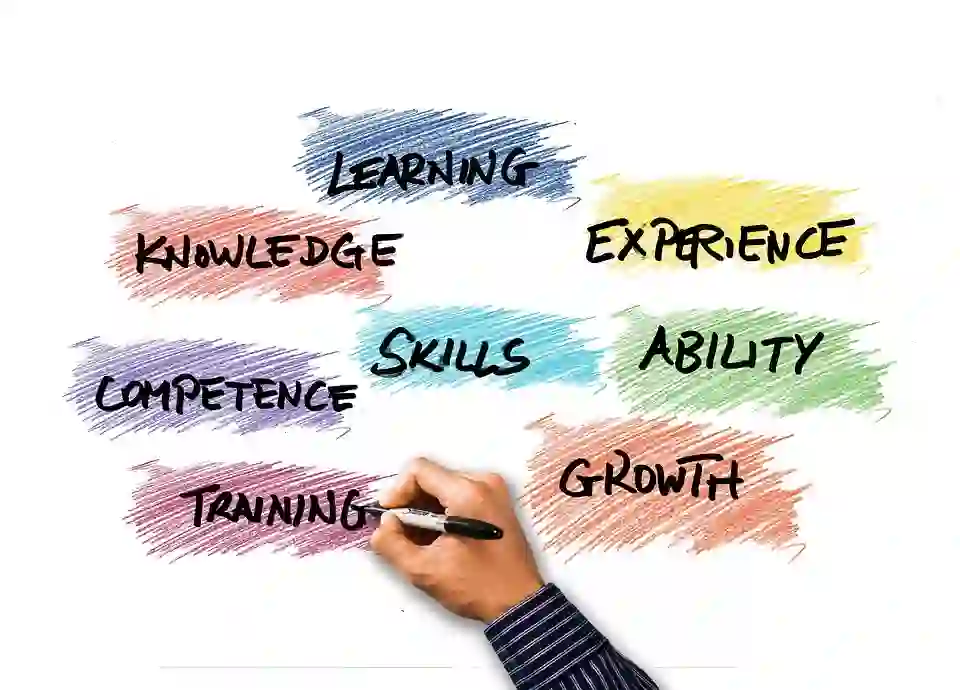Public speaking is a skill that is essential for success in many areas of life. Whether you are a business professional, a student, or someone who just wants to improve their communication skills, mastering the art of public speaking can help you become a more confident and effective communicator. In this article, we will discuss several tips and techniques to help you improve your public speaking.
1. Know Your Audience
One of the most important aspects of public speaking is knowing your audience. Before you give a speech or presentation, take some time to research your audience and understand their needs and interests. This will help you tailor your message and delivery to better resonate with your audience.
2. Prepare and Practice
Effective public speaking requires preparation and practice. This means taking the time to research your topic, organize your thoughts, and create a well-structured presentation. Once you have your presentation prepared, practice it several times to become comfortable with the material and your delivery.
3. Use Visual Aids
Visual aids such as slides or props can be a powerful tool in helping to communicate your message. Use visuals that are relevant to your topic and help to reinforce your message. However, be careful not to rely too heavily on visuals as they should support your message, not be the focus of your presentation.
4. Speak Clearly and Slowly
When delivering a speech or presentation, it is important to speak clearly and slowly. This helps to ensure that your audience can hear and understand your message. Take your time and enunciate your words clearly to help your audience follow along with your presentation.
5. Use Body Language
Body language is an important aspect of effective public speaking. Use gestures and movements to help reinforce your message and engage your audience. This can include making eye contact, using hand gestures, and moving around the stage to maintain your audience’s attention.
6. Connect with Your Audience
Connecting with your audience is key to keeping them engaged and interested in your message. Use stories or anecdotes to help create a connection with your audience and make your presentation more relatable. Make sure to engage with your audience by asking questions or soliciting feedback to keep them involved in your presentation.
7. Handle Nerves and Anxiety
Nerves and anxiety are common when it comes to public speaking. To help manage these feelings, take deep breaths, visualize a successful presentation, and focus on the message you are trying to convey. Remember that nerves are natural and that the more you practice and prepare, the more confident you will become.
8. Keep it Concise
Keeping your presentation concise and to the point is important to maintain your audience’s attention. Avoid rambling or going off on tangents and stick to your main message. Use clear and concise language to ensure that your audience can follow along with your presentation.
9. Engage Your Audience
Engaging your audience is key to keeping them interested and involved in your presentation. Ask questions, use humor, and create interactive elements to keep your audience engaged and interested in your message. This can include using polls, quizzes, or other interactive elements to keep your audience involved in your presentation.
Read About a Successful Woman
Read more about Public Speaking.
10. End with a Strong Closing
A strong closing is essential to leave a lasting impression on your audience. Use a powerful quote, a call to action, or a memorable story to leave your audience with a strong message. Make sure to summarize your main points and thank your audience for their time and attention.
In conclusion, mastering the art of public speaking is essential to becoming a more effective and confident communicator. By knowing your audience, preparing and practicing, using visual aids, speaking clearly and slowly, using body language, connecting with your audience, handling nerves and anxiety, keeping it concise, engaging your audience, and ending with a strong closing.














